Opinion & Analysis
10 PGA Tour players who will rise (or fall) in 2014
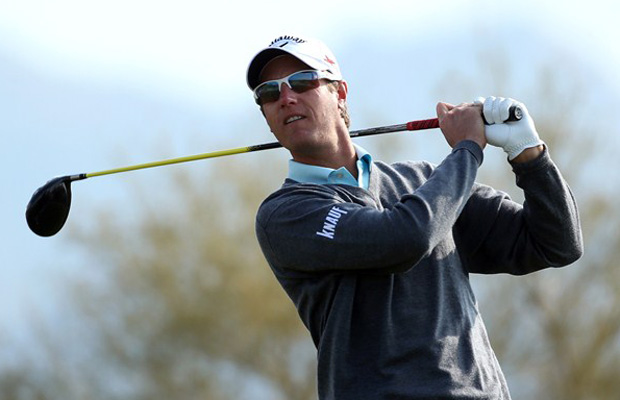
With the 2014 PGA Tour season starting, I wanted to give the readers a look at a few players on Tour that I feel will be on the rise and falling for the season. The data below is the player’s 2013 metrics.
Players on the Rise
NICOLAS COLSAERTS
Colsaerts was the hot prospect headed for the Tour in 2013 coming off splendid play at the 2012 Ryder Cup. He generates a ton of club head speed and is one of the longer hitters on Tour. He was also eighth in approach shots from the rough and fourth in approach shots from the fairway. Thus, he’s an excellent iron player if he keeps the ball in play. He actually drove the ball quite well for most of the season, but he regressed toward the end of the year.
The reason why I like Colsaerts is that he hits it so long and hits it so well with his irons that the only part of the game that held him back was on and around the greens. And where he excelled with his irons was in the ever-important Danger Zone. He also was first in shots from 225-to-250 yards.
Colsaerts was saddled with the strongest strength of schedule on Tour last year, while only ranking 100th in Purse Size per Event. I believe that he can get used to the greens along with working on his putting in the offseason that he will have much more success in 2014. As I have mentioned in Pro Golf Synopsis, the biggest statistical advantage that distance provides is it allows the golfer to putt overcome poor putting. This is due to the par-5’s on Tour playing more like par-4’s for long hitters such as Colsaerts. Therefore, he can still be a mediocre putter on Tour and have a big year. He just needs to stop putting like one of the worst putters on Tour.
CHARLES HOWELL III
Howell has been one of the most overrated ballstrikers in recent years and subsequently one of the most underrated in terms of short game and putting. What has happened is that he has steepened his angle of attack with the driver over time. I have written about this in Pro Golf Synopsis, where the most common trait of a golfer who “loses their driving” on Tour is the one who starts to struggle with his accuracy off the tee and to counter that he tries to fly the ball lower by hitting more and more downward on the ball. This may provide some initial relief for the golfer, but eventually he not only starts losing distance off the tee, but he becomes more inaccurate and imprecise off the tee as well.
Here is a look at Howell’s radar metrics during the past three years:
Frustrated, Howell started to work with Grant Waite for much of the second half of 2013 in order to improve shallow out his attack angle. Here is a look of his radar metrics in the fall 2013-2014 season:
This created a noticeable improvement in his ballstriking in the 2013-2014 fall season. Here is a look at his rankings in the key ballstriking metrics in those tournaments he played in:
Granted, his rankings in these events is out of roughly 120 players versus his cumulative rankings in 2013 being out of 190 players. But, he is currently in the top-10th percentile in driving and entirely better from each of the zones. With his club head speed, putting and short game he can take this much improved ballstriking and set target for having a spectacular 2014.
MATT JONES
Jones’ metrics may not impress many golfers. Last year I wrote about how PGA Tour players only need to be average or better in four areas of the game.
- Driving Effectiveness
- Danger Zone (175 to 225 yards) Play
- Putts Gained
- Short Game Shots from 10 to 20 yards
There is a very strong correlation between Tour players that finish in the top-half in these categories and their success on Tour. Not only do golfers that achieve “The Power of Being Average” usually keep their cards, but they tend to have wildly successful seasons. Jones finished a very respectable 49th on the money list. But even more impressive was his ranking of 29th in Adjusted Scoring Average. His Purse Size per Event is likely to improve and if he has the talent to achieve each of the “Big Four” areas of the game, he has a good chance to carrying it over to 2014 and having a terrific season.
JOHN SENDEN
While Senden’s metrics were not impressive, 2013 was a down year for him. Senden is well known for his ballstriking and is usually one of the premier ballstrikers on Tour from off the tee and on shots longer than 175 yards.
Since Senden did not lose any club head speed, I believe that he will regain his ballstriking in 2014. Furthermore, he was hampered by his inability to make putts from longer than 15 feet. He ranked 153rd in make percentage from long distance and historically that metric means he should progress toward the mean.
JOSH TEATER
Teater just missed finishing in the top half of “The Big Four” (Driving Effectiveness, Danger Zone, Short Game Shots and Putts Gained) as he ranked 96th in Putts Gained.
If there are worries about his game, he tends to miss a high percentage of the time to the right (60.5 percent) and that his ranking in Adjusted Scoring Average (82nd) should have been much better given his key performance metrics. This indicates that Teater may have some issues with his strategy.
In the end, it is difficult to take away from a player that almost executed “The Big Four” and did it against top-tier competition. Furthermore, parts of his issues with the putter were from long distance as he ranked 138th in make percentage from beyond 15 feet. This should progress toward the mean in 2014.
PLAYERS ON THE DECLINE
JOHN MERRICK
Typically, Merrick has been a very good driver of the ball and has had some issues with his iron play. In the past two seasons, he has made strides to improve his iron play, but his driving has regressed. Last year he started off the season as one of the premier Danger Zone players on Tour, while driving the ball very effectively and putting well to win his first-ever PGA Tour event, the Northern Trust Open at Riviera Country Club.
Since then, Merrick has only made an average of $35,566 per event played, which would have ranked 105th on Tour. Merrick benefited from playing a fairly soft schedule that had a fairly high purse size per event. Those two rankings should be more similar in 2014, which means that his strength of schedule should become tougher while his average Purse Size per Event should drop slightly and that would make it more difficult for him to have success.
DEREK ERNST
Ernst benefited from his surprise victory at the Wells Fargo Championship at Quail Hollow after making it through the Monday qualifier. He was a good driver of the ball in 2013, but did not do much well beside that. He performed poorly in each of the zones and was the second worst on Tour on short game shots from 10-to-20 yards. He was also a mediocre putter.
That does not make for good prospects in 2014, and he finished out the 2013 missing nine of his past 13 cuts with a best finish of T-44th. One of the big things Ernst has going for him is his world-class club head speed. If he can use that speed to his advantage and start bombing shots off the tee, all he needs is one good week of golf and he can get into contention for another victory. But since he does not hit it as far as his club head speed indicates, I have my doubts that will happen.
HUNTER MAHAN
Mahan’s game has always been his impeccable driving of the ball. He generates about average club head speed and is above average in distance off the tee. But, he has an uncanny ability to hit a ton of fairways (66.6 percent) given his distance off the tee. The problem for Mahan has been his Danger Zone play and his Short Game from 10-to-20 yards. Mahan is an underrated putter, but was also saved by ranking 39th in Putts Made Percentage from 15 to 25 feet. That should regress toward the mean in 2014 and that means that his performance should dip as well if he everything remains the same. I still see him as ranking in the top 100 on the Money List, if not the top 50. But, I feel he will have a down year when I look at the data.
CHRIS STROUD
Stroud had that incredible chip-in on the 72nd hole of the Travelers to force a playoff, and had a fine year overall as he finished 55th on the PGA Tour money list.
We can see some of the reasons why I do not favor his prospects in 2014. He drove it poorly (164th) and he is a short hitter off the tee. He also performed poorly from the Danger Zone. Where he made it up was from the Safe Zone and with his putting and short-game play. So he did a good job of getting the ball up near the green in regulation and could often putt and chip his way to par and birdie.
Most of his driving issues were consistency related. He hit a decent amount of fairways (62.4 percent), but ranked 137th in Fairway Bunker Percentage and 147th in Missed Fairway — Other Percentage (shots that find the water, trees, O.B, result in rescue shots, etc). Short and crooked is a hard way to make it on Tour.
Stroud also ranked 50th in make percentage on putts from longer than 15 feet. That should regress toward the mean and will cost him strokes in 2014.
JONAS BLIXT
If you look at Blixt’s 2013 season, we see a golfer that only played well in four tournaments. He had a T-26th finish at the British Open, a T-11th finish at Colonial, a fourth-place finish at Oak Hill and a victory at The Greenbrier. Outside of those tournaments, he usually missed the cut or finished poorly.
Blixt did this through good, but streaky putting and a good short game. The chart below shows Blixt’s streaky putting throughout the year:
Anything below -0.5 is quite poor and above +0.5 is quite good. Blixt ran through some extreme highs and lows throughout the season, which created a trend line that was very streaky. He was on fire with the putter after Sawgrass and it is very unlikely he will be able to keep up that pace in 2014.
- LIKE0
- LEGIT0
- WOW0
- LOL0
- IDHT0
- FLOP0
- OB0
- SHANK0
19th Hole
Vincenzi’s 2024 Zurich Classic of New Orleans betting preview

The PGA TOUR heads to New Orleans to play the 2023 Zurich Classic of New Orleans. In a welcome change from the usual stroke play, the Zurich Classic is a team event. On Thursday and Saturday, the teams play best ball, and on Friday and Sunday the teams play alternate shot.
TPC Louisiana is a par 72 that measures 7,425 yards. The course features some short par 4s and plenty of water and bunkers, which makes for a lot of exciting risk/reward scenarios for competitors. Pete Dye designed the course in 2004 specifically for the Zurich Classic, although the event didn’t make its debut until 2007 because of Hurricane Katrina.
Coming off of the Masters and a signature event in consecutive weeks, the field this week is a step down, and understandably so. Many of the world’s top players will be using this time to rest after a busy stretch.
However, there are some interesting teams this season with some stars making surprise appearances in the team event. Some notable teams include Patrick Cantlay and Xander Schauffele, Rory McIlroy and Shane Lowry, Collin Morikawa and Kurt Kitayama, Will Zalatoris and Sahith Theegala as well as a few Canadian teams, Nick Taylor and Adam Hadwin and Taylor Pendrith and Corey Conners.
Past Winners at TPC Louisiana
- 2023: Riley/Hardy (-30)
- 2022: Cantlay/Schauffele (-29)
- 2021: Leishman/Smith (-20)
- 2019: Palmer/Rahm (-26)
- 2018: Horschel/Piercy (-22)
- 2017: Blixt/Smith (-27)
2024 Zurich Classic of New Orleans Picks
Tom Hoge/Maverick McNealy +2500 (DraftKings)
Tom Hoge is coming off of a solid T18 finish at the RBC Heritage and finished T13 at last year’s Zurich Classic alongside Harris English.
This season, Hoge is having one of his best years on Tour in terms of Strokes Gained: Approach. In his last 24 rounds, the only player to top him on the category is Scottie Scheffler. Hoge has been solid on Pete Dye designs, ranking 28th in the field over his past 36 rounds.
McNealy is also having a solid season. He’s finished T6 at the Waste Management Phoenix Open and T9 at the PLAYERS Championship. He recently started working with world renowned swing coach, Butch Harmon, and its seemingly paid dividends in 2024.
Keith Mitchell/Joel Dahmen +4000 (DraftKings)
Keith Mitchell is having a fantastic season, finishing in the top-20 of five of his past seven starts on Tour. Most recently, Mitchell finished T14 at the Valero Texas Open and gained a whopping 6.0 strokes off the tee. He finished 6th at last year’s Zurich Classic.
Joel Dahmen is having a resurgent year and has been dialed in with his irons. He also has a T11 finish at the PLAYERS Championship at TPC Sawgrass which is another Pete Dye track. With Mitchell’s length and Dahmen’s ability to put it close with his short irons, the Mitchell/Dahmen combination will be dangerous this week.
Taylor Moore/Matt NeSmith +6500 (DraftKings)
Taylor Moore has quickly developed into one of the more consistent players on Tour. He’s finished in the top-20 in three of his past four starts, including a very impressive showing at The Masters, finishing T20. He’s also finished T4 at this event in consecutive seasons alongside Matt NeSmith.
NeSmith isn’t having a great 2024, but has seemed to elevate his game in this format. He finished T26 at Pete Dye’s TPC Sawgrass, which gives the 30-year-old something to build off of. NeSmith is also a great putter on Bermudagrass, which could help elevate Moore’s ball striking prowess.
- LIKE7
- LEGIT3
- WOW1
- LOL1
- IDHT0
- FLOP3
- OB1
- SHANK1
19th Hole
Vincenzi’s 2024 LIV Adelaide betting preview: Cam Smith ready for big week down under

After having four of the top twelve players on the leaderboard at The Masters, LIV Golf is set for their fifth event of the season: LIV Adelaide.
For both LIV fans and golf fans in Australia, LIV Adelaide is one of the most anticipated events of the year. With 35,000 people expected to attend each day of the tournament, the Grange Golf Club will be crawling with fans who are passionate about the sport of golf. The 12th hole, better known as “the watering hole”, is sure to have the rowdiest of the fans cheering after a long day of drinking some Leishman Lager.
The Grange Golf Club is a par-72 that measures 6,946 yards. The course features minimal resistance, as golfers went extremely low last season. In 2023, Talor Gooch shot consecutive rounds of 62 on Thursday and Friday, giving himself a gigantic cushion heading into championship Sunday. Things got tight for a while, but in the end, the Oklahoma State product was able to hold off The Crushers’ Anirban Lahiri for a three-shot victory.
The Four Aces won the team competition with the Range Goats finishing second.
*All Images Courtesy of LIV Golf*
Past Winners at LIV Adelaide
- 2023: Talor Gooch (-19)
Stat Leaders Through LIV Miami
Green in Regulation
- Richard Bland
- Jon Rahm
- Paul Casey
Fairways Hit
- Abraham Ancer
- Graeme McDowell
- Henrik Stenson
Driving Distance
- Bryson DeChambeau
- Joaquin Niemann
- Dean Burmester
Putting
- Cameron Smith
- Louis Oosthuizen
- Matt Jones
2024 LIV Adelaide Picks
Cameron Smith +1400 (DraftKings)
When I pulled up the odds for LIV Adelaide, I was more than a little surprised to see multiple golfers listed ahead of Cameron Smith on the betting board. A few starts ago, Cam finished runner-up at LIV Hong Kong, which is a golf course that absolutely suits his eye. Augusta National in another course that Smith could roll out of bed and finish in the top-ten at, and he did so two weeks ago at The Masters, finishing T6.
At Augusta, he gained strokes on the field on approach, off the tee (slightly), and of course, around the green and putting. Smith able to get in the mix at a major championship despite coming into the week feeling under the weather tells me that his game is once again rounding into form.
The Grange Golf Club is another course that undoubtedly suits the Australian. Smith is obviously incredibly comfortable playing in front of the Aussie faithful and has won three Australian PGA Championship’s. The course is very short and will allow Smith to play conservative off the tee, mitigating his most glaring weakness. With birdies available all over the golf course, there’s a chance the event turns into a putting contest, and there’s no one on the planet I’d rather have in one of those than Cam Smith.

Louis Oosthuizen +2200 (DraftKings)
Louis Oosthuizen has simply been one of the best players on LIV in the 2024 seas0n. The South African has finished in the top-10 on the LIV leaderboard in three of his five starts, with his best coming in Jeddah, where he finished T2. Perhaps more impressively, Oosthuizen finished T7 at LIV Miami, which took place at Doral’s “Blue Monster”, an absolutely massive golf course. Given that Louis is on the shorter side in terms of distance off the tee, his ability to play well in Miami shows how dialed he is with the irons this season.
In addition to the LIV finishes, Oosthuizen won back-to-back starts on the DP World Tour in December at the Alfred Dunhill Championship and the Mauritus Open. He also finished runner-up at the end of February in the International Series Oman. The 41-year-old has been one of the most consistent performers of 2024, regardless of tour.
For the season, Louis ranks 4th on LIV in birdies made, T9 in fairways hit and first in putting. He ranks 32nd in driving distance, but that won’t be an issue at this short course. Last season, he finished T11 at the event, but was in decent position going into the final round but fell back after shooting 70 while the rest of the field went low. This season, Oosthuizen comes into the event in peak form, and the course should be a perfect fit for his smooth swing and hot putter this week.

- LIKE12
- LEGIT3
- WOW1
- LOL1
- IDHT0
- FLOP1
- OB1
- SHANK1
Opinion & Analysis
The Wedge Guy: What really makes a wedge work? Part 1

Of all the clubs in our bags, wedges are almost always the simplest in construction and, therefore, the easiest to analyze what might make one work differently from another if you know what to look for.
Wedges are a lot less mysterious than drivers, of course, as the major brands are working with a lot of “pixie dust” inside these modern marvels. That’s carrying over more to irons now, with so many new models featuring internal multi-material technologies, and almost all of them having a “badge” or insert in the back to allow more complex graphics while hiding the actual distribution of mass.
But when it comes to wedges, most on the market today are still single pieces of molded steel, either cast or forged into that shape. So, if you look closely at where the mass is distributed, it’s pretty clear how that wedge is going to perform.
To start, because of their wider soles, the majority of the mass of almost any wedge is along the bottom third of the clubhead. So, the best wedge shots are always those hit between the 2nd and 5th grooves so that more mass is directly behind that impact. Elite tour professionals practice incessantly to learn to do that consistently, wearing out a spot about the size of a penny right there. If impact moves higher than that, the face is dramatically thinner, so smash factor is compromised significantly, which reduces the overall distance the ball will fly.
Every one of us, tour players included, knows that maddening shot that we feel a bit high on the face and it doesn’t go anywhere, it’s not your fault.
If your wedges show a wear pattern the size of a silver dollar, and centered above the 3rd or 4th groove, you are not getting anywhere near the same performance from shot to shot. Robot testing proves impact even two to three grooves higher in the face can cause distance loss of up to 35 to 55 feet with modern ‘tour design’ wedges.
In addition, as impact moves above the center of mass, the golf club principle of gear effect causes the ball to fly higher with less spin. Think of modern drivers for a minute. The “holy grail” of driving is high launch and low spin, and the driver engineers are pulling out all stops to get the mass as low in the clubhead as possible to optimize this combination.
Where is all the mass in your wedges? Low. So, disregarding the higher lofts, wedges “want” to launch the ball high with low spin – exactly the opposite of what good wedge play requires penetrating ball flight with high spin.
While almost all major brand wedges have begun putting a tiny bit more thickness in the top portion of the clubhead, conventional and modern ‘tour design’ wedges perform pretty much like they always have. Elite players learn to hit those crisp, spinny penetrating wedge shots by spending lots of practice time learning to consistently make contact low in the face.
So, what about grooves and face texture?
Grooves on any club can only do so much, and no one has any material advantage here. The USGA tightly defines what we manufacturers can do with grooves and face texture, and modern manufacturing techniques allow all of us to push those limits ever closer. And we all do. End of story.
Then there’s the topic of bounce and grinds, the most complex and confusing part of the wedge formula. Many top brands offer a complex array of sole configurations, all of them admittedly specialized to a particular kind of lie or turf conditions, and/or a particular divot pattern.
But if you don’t play the same turf all the time, and make the same size divot on every swing, how would you ever figure this out?
The only way is to take any wedge you are considering and play it a few rounds, hitting all the shots you face and observing the results. There’s simply no other way.
So, hopefully this will inspire a lively conversation in our comments section, and I’ll chime in to answer any questions you might have.
And next week, I’ll dive into the rest of the wedge formula. Yes, shafts, grips and specifications are essential, too.
- LIKE32
- LEGIT7
- WOW1
- LOL1
- IDHT2
- FLOP3
- OB1
- SHANK3
-

 19th Hole2 weeks ago
19th Hole2 weeks agoDave Portnoy places monstrous outright bet for the 2024 Masters
-

 19th Hole2 weeks ago
19th Hole2 weeks agoTiger Woods arrives at 2024 Masters equipped with a putter that may surprise you
-

 19th Hole2 days ago
19th Hole2 days agoJustin Thomas on the equipment choice of Scottie Scheffler that he thinks is ‘weird’
-

 19th Hole2 days ago
19th Hole2 days ago‘Absolutely crazy’ – Major champ lays into Patrick Cantlay over his decision on final hole of RBC Heritage
-

 19th Hole3 weeks ago
19th Hole3 weeks agoReport: Tiger Woods has ‘eliminated sex’ in preparation for the 2024 Masters
-

 19th Hole1 week ago
19th Hole1 week agoTwo star names reportedly blanked Jon Rahm all week at the Masters
-

 19th Hole1 week ago
19th Hole1 week agoReport: LIV Golf identifies latest star name they hope to sign to breakaway tour
-

 19th Hole1 week ago
19th Hole1 week agoNeal Shipley presser ends in awkward fashion after reporter claims Tiger handed him note on 8th fairway

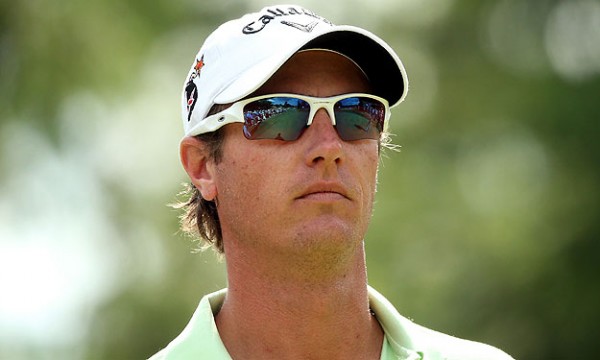

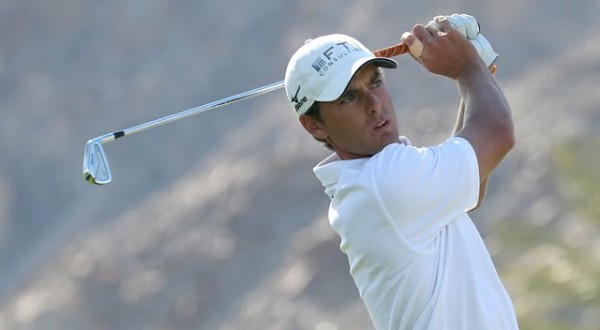




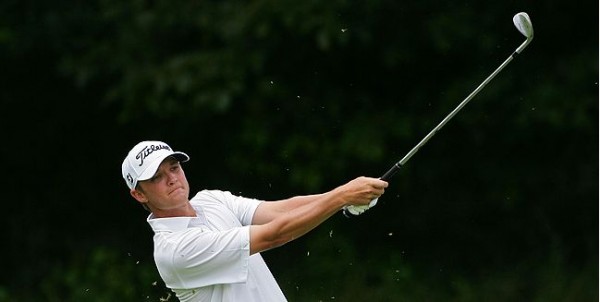



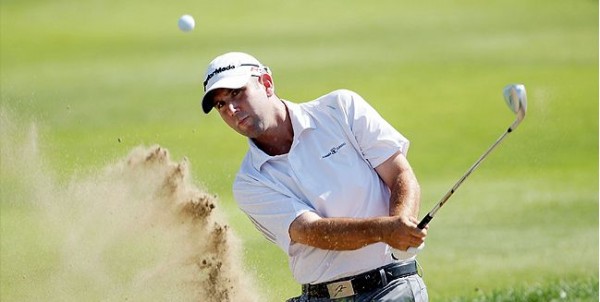

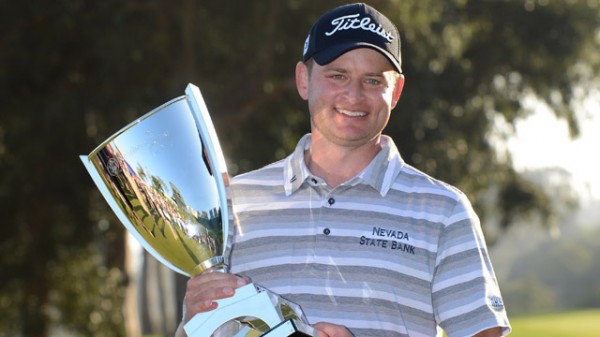

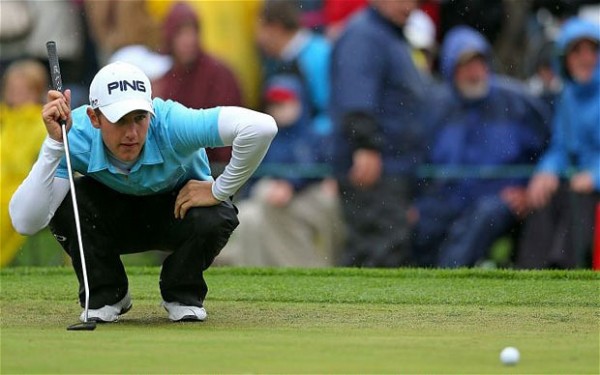

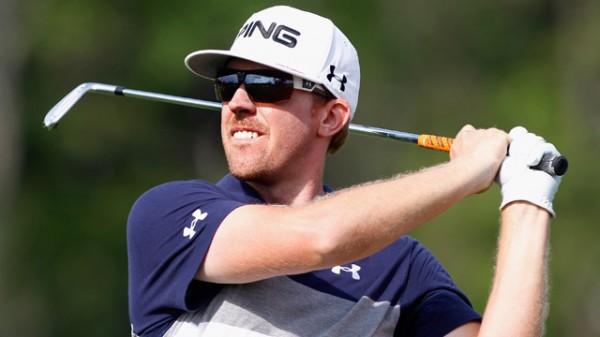

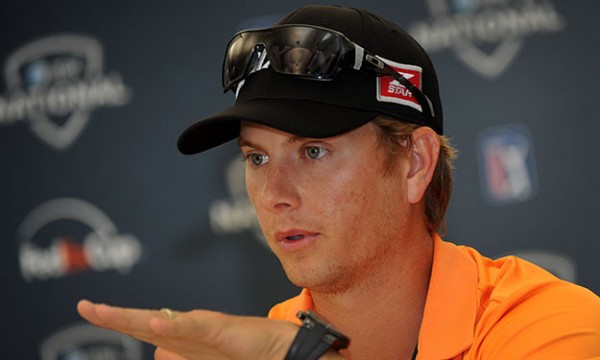

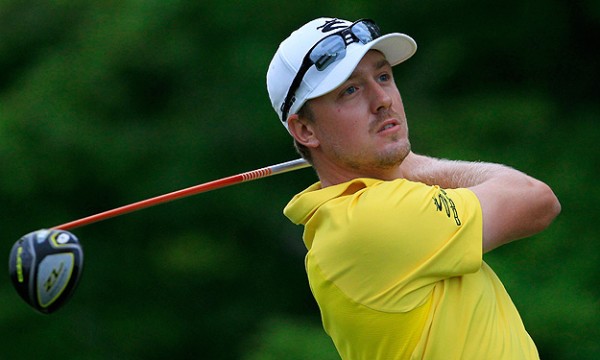














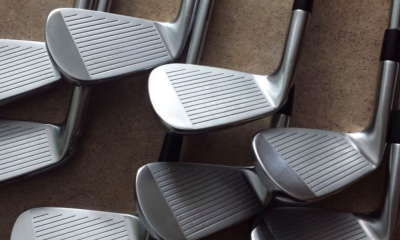













Pingback: 10 Players Who Will Rise (or Fall) in 2015 | Golf Gear Select
Pingback: 10 Players Who Will Rise (or Fall) in 2015 | GolfClick.net | Blog
AIPM
Mar 31, 2014 at 6:15 pm
Good call on John Senden… Stats only go so far, but so far these have been pretty well judged.
topnotch17
Jan 10, 2014 at 6:21 pm
Nerd alert!
AHG Anderson
Jan 10, 2014 at 8:42 am
I like the use of stats in this way and since Tour pros and caddies and others subscribe to them then that tells us all we need to know; they work and they help the pro focus on where he needs to improve or consolidate. Of course there’s speculation in all sports or all walks of life but having access to such data can only be a good thing; it doesn’t promise how the future season might pan out but then unless you have a crystal ball then nothing else can either. Those guys who don’t rate what they are being told here are those I’d imagine who flunked out at school in math; they can’t interpret the data so they diss it as being useless – open your minds to the 21st century you cavemen!
Brian
Jan 8, 2014 at 4:22 pm
Any thoughts on Graham Delaet for 2014? He seemed to do well in 2013, especially after he went to the short putter.
Richie Hunt
Jan 9, 2014 at 10:22 am
He should do well because he typically performs well in the key metrics to being consistently successful…driving and Danger Zone play. He’s one of the very best ballstrikers on Tour.
gunmetal
Jan 7, 2014 at 7:39 pm
I think these data would be pretty valuable to the players. I would want know where I need get better. I agree with everyone on the list except for Colsearts and Mahan. I watched Nicolas at done event in China a few weeks ago and wasn’t at all impressed. One week at the Ryder cup (thanks for that timing, btw) isn’t enough to convince me. I do live to watch him swing, though. Mahan knows how to win. I think this was his first year not winning in a long time. He’ll be fine.
Mike
Jan 6, 2014 at 5:09 pm
Well numbers don’t lie. It’s like making your pick in horse racing. Look at the numbers and you are right with some luck.
JnRadioActive
Jan 6, 2014 at 4:27 pm
If i had a dollar for everytime I heard it was going to be the year of Chucky 3 Sticks… well I’d have 6 or 7 dollars anyway…
Jeff
Oct 10, 2014 at 2:11 pm
Great comment. Chuckie 3 sticks saves his best for practice rounds at Isleworth.
Homer Simpson
Jan 6, 2014 at 4:12 pm
Here we go again…useless speculation exactly.
Evan
Jan 6, 2014 at 3:32 pm
Useless speculation. The players create the data, not the data creates the player. Player’s 2014 season success will depend upon:
1. Talent
2. Hard Work
3. A little luck
That’s it, that’s all… good luck digging into the stats after the tournament has left town.
JM
Jan 6, 2014 at 8:11 pm
I think all the writer is saying is that the data is a reflection of the players game as far as strengths/weaknesses
The stats show how a particular player “should” fare over the course of a year long season given past performance metrics and trends.
Of course, some players will just get hot some weeks and it may be enough to win or skew overall stats.
And of couse some players will improve parts of their game and others will regress in certain areas. It is the players who can improve in certain key areas that may be weak, without having their areas of strength regress that will have successful seasons typically
Evan
Jan 7, 2014 at 6:34 pm
Yes, I know what the writer is saying… what I am saying is that even with stats in hand, it is still pure speculation. Does he probably have a slightly better chance at predicting success on tour considering he follows these guys and studies the numbers? Sure, but it’s still pure speculation. RH might be a wealthy man if he had a formula to pick success in golf… he’d live in Vegas, not Orlando.